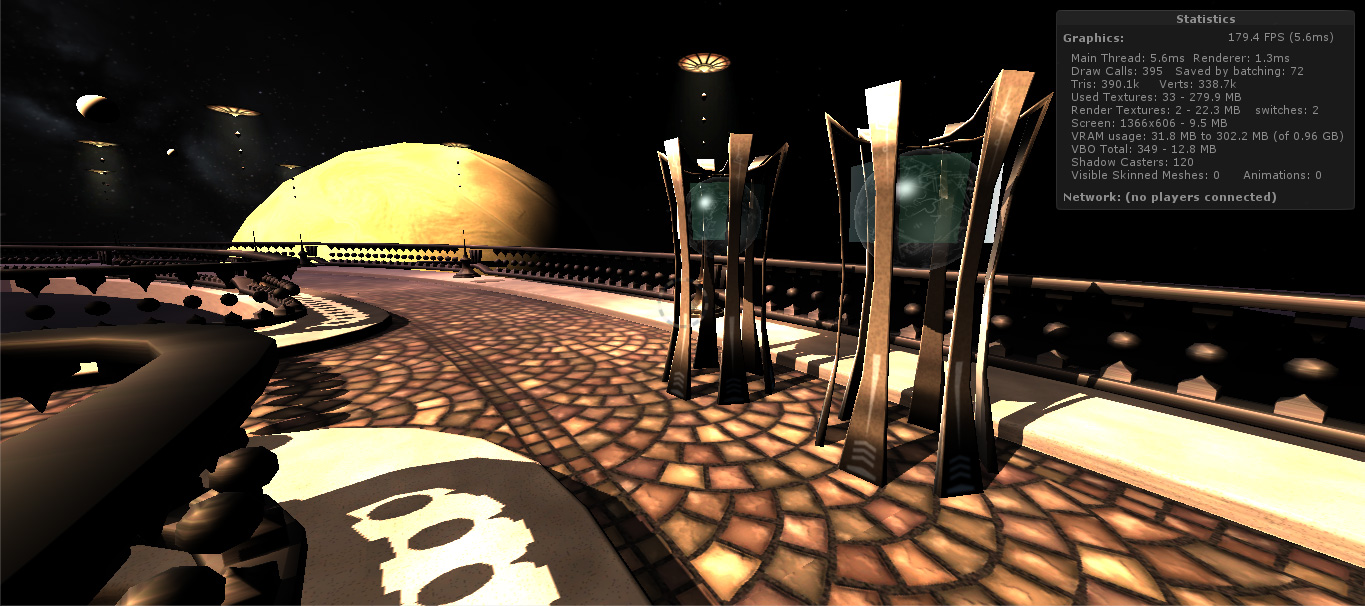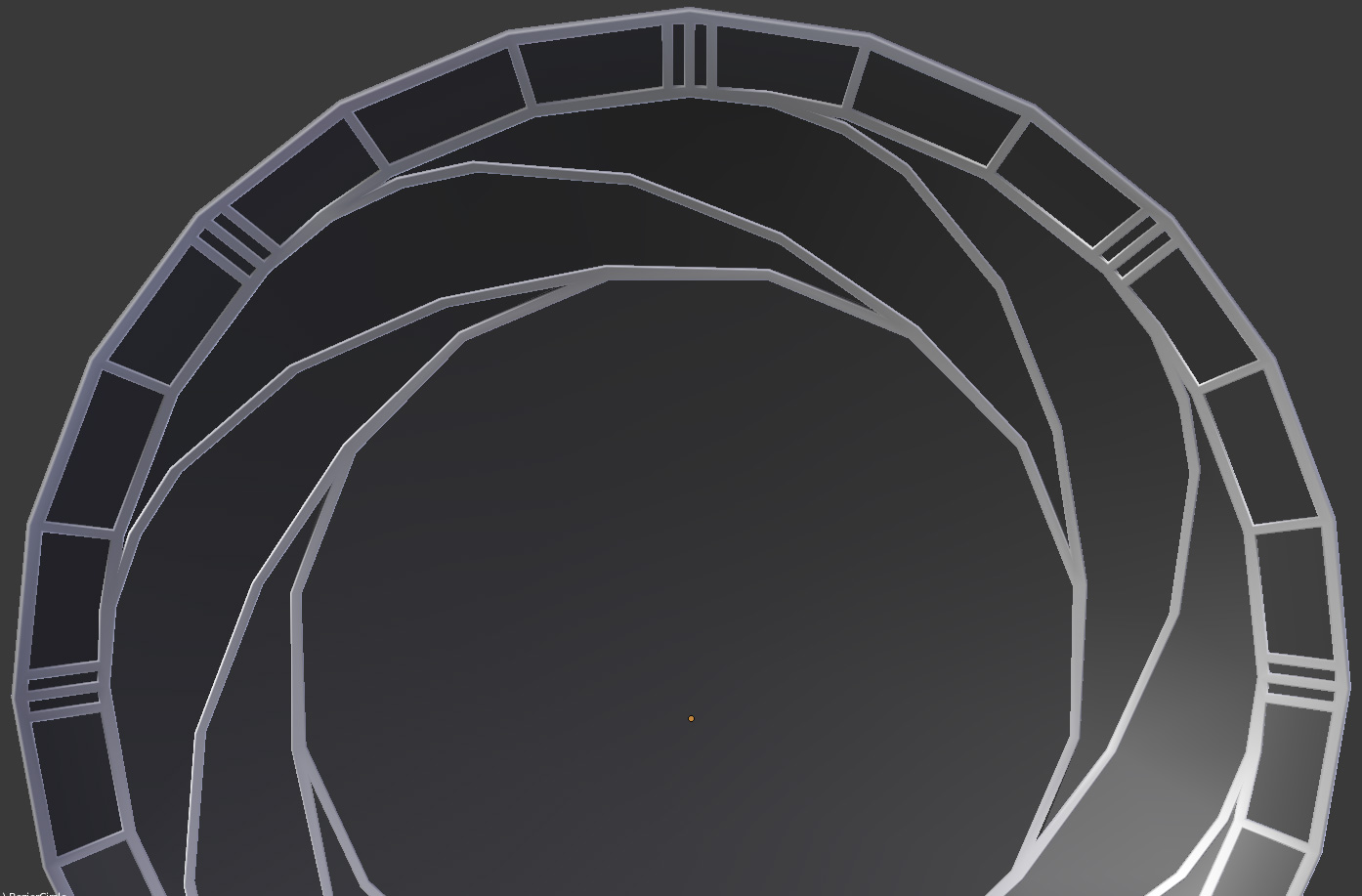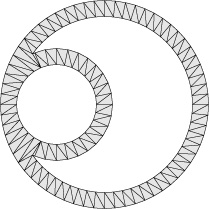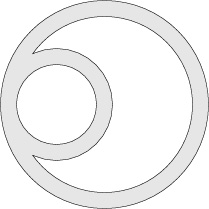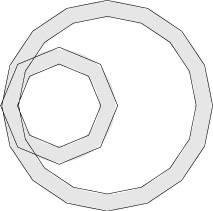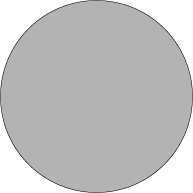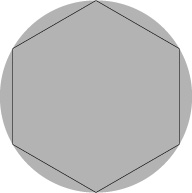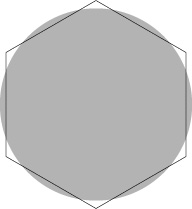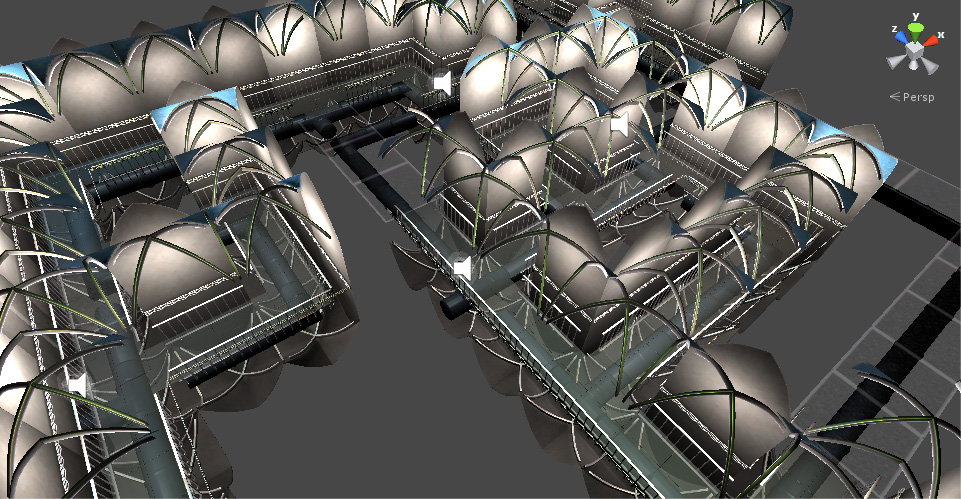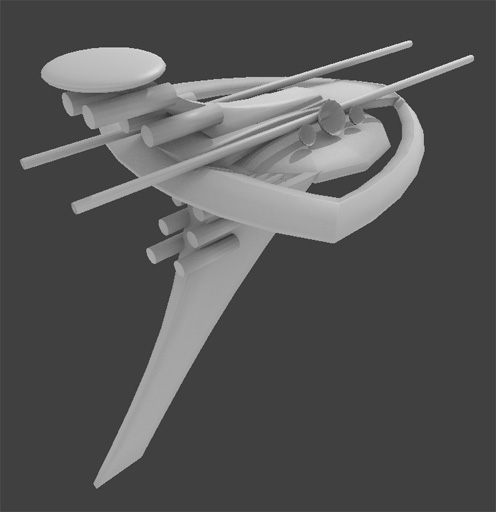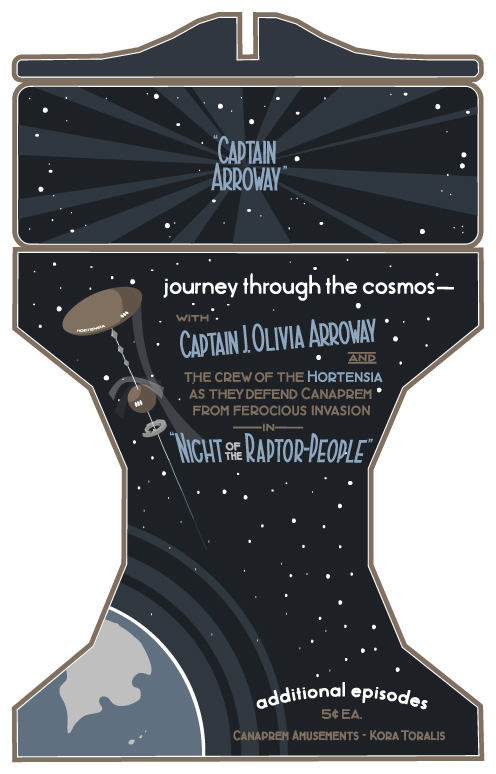Last Saturday, I had Tinselfly on display at the Cleveland Mini Maker Faire. This was a pretty new kind of experience for me, so I thought it was worth a postmortem.
on display
Seeing complete strangers play my barely-functional game — allowing complete strangers to play it — was rather odd. I was really, really stressed out about this in the days leading up to the faire. Would they be disappointed that there was very little gameplay? Would they ask pointed questions I’d be uncomfortable answering?
As it turns out, everything was very informal and the audience was mostly small children, so I had nothing to worry about. They liked the pretty visuals, and a few seemed to find the core gameplay engaging enough to stick with it until called away by their parents.
What adults played the game were very friendly. I’d forgotten that I’m more comfortable in this kind of environment that I am talking to people I’ve met before. It’s kind of fun to try to figure out what someone I don’t know at all will want to talk about: will they want to hear about the mechanics? The tools I used? The story? Every person will respond to different things, and I’d like to think that I can figure out what approach to take after just a couple sentences of conversation.
approachability
The morning before I left for the faire, I added in gamepad support. I figured that would be more inviting than a mouse & keyboard.
That seems to have been a good idea. Few people needed to be prompted to walk up to my laptop and pick up the gamepad.
To make things more inviting, next time I’d like to make a demo mode for the game, like old arcade games had. Some automated thing that shows basic gameplay, attracts people’s attention, and shows them how to play. If it could kick in when the game has been idle for a while, that would be perfect, so I don’t have to be there to reset the game every time someone leaves.
My game controls and mechanics are a bit odd, being about swordfighting and all, so visual instructions would be really helpful here.
noise level
Before I went to the faire, I also changed the music so it would loop over this two minute music clip instead of the 30 second one that was there while I’m figuring out my music playing system. That took a while, and wasn’t such a good use of my time.
I like this piece, and lends atmosphere, but you couldn’t hear it at all with the noise of the other games and people chatting, especially on my laptop speakers.
Next time, I could bring some external speakers, or just not worry about it too much.
breakability
One thing I didn’t do just before the faire was fix my colliders. See, there are a few places where you can just walk through railings and fall off the edge of the world, necessitating a game reset. And people found those places. Many, many people.
I fixed all those last night, but really should have done it sooner.
to sum up
Overall, it seemed like people liked where I was headed. Many people complimented me on the graphics — especially the starry background — and one person’s eyes lit up when I started talking about how there would eventually be this story about this woman trying to get into the Navy.
I got some really good feedback about my mechanics, which I’ll be thinking about a lot in the next few weeks.
Plus, I had a really good time at the faire. It was great to hang out with the other game developers and see how people reacted to this. I’m looking forward to demoing this again at the Science Center in June.
